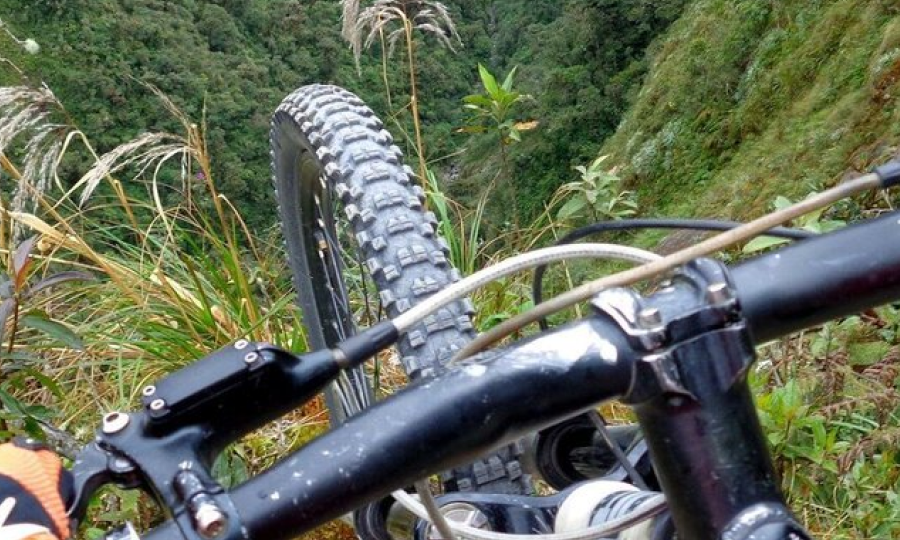History
Yungas Road was originally built through the 1930’s by Paraguayan prisoners of war. During the Chaco War between Bolivia and Paraguay, the Bolivians used Paraguyans they had captured to work tirelessly on the road. Over the space of 20 years a project to improve the stretch of land took place. This included transforming Yungas Road from one lane to two lanes by enlarging the passage where possible and laying flat pavement. A new road was constructed between Yolosa and Chusquipata, so that people did not have to use the section of Yungas Road which connected the two towns. The passage which connected the two towns was known as the most dangerous segment of Yungas Road due to the constant horrific accidents which took place at this small stretch of land. For this reason a new section of road was built to enable people to bypass this dangerous passage of the original Yungas Road, which had taken so many lives. This bypassed section of the road, which has seen no improvements and is still not fit to be used by cars, is the stretch of Yungas Road which tourists now cycle down as part of tours.
Yungas Road is located in the region of The Yungas, 56 kilometers from La Paz in Bolivia. The road runs to roughly 4,650 meters above sea level in the Andes mountains. This can mean that altitude sickness may become an issue for people if they are not careful. To avoid this it is recommended to spend a day or two at high altitude such as in La Paz in order to acclimatize. Chewing on coca leaves can help to further prevent altitude sickness
Accidents
Known as the most dangerous road in the world, such a title is not earned unless some serious tragedies have taken place. The original road was only one lane wide, nowhere near enough to comfortably cater for two cars passing each other, let alone two buses or trucks. When the rainy season hit the road would only creep thinner and thinner due to heavy rainfall turning parts of the road to mud, where it would get slid over the edge of the cliff face as cars pass. There are no exact figures as to how many people have died on Death Road but the average death toll was estimated to be between 200 and 300 people every year. It had become a far too regular occurrence for a vehicle to slide off the edge of the road and plummet hundreds of feet, killing anyone inside at the time. The worst accident to ever occur in Bolivia happened on July 24th 1983. On this day an overcrowded bus filled with over 100 people tipped over the edge of the road and fell into a canyon below, killing everyone on board. Even with the most dangerous section of the road being used almost solely for tourist bike rides now, the stretch of land is still no laughing matter.



